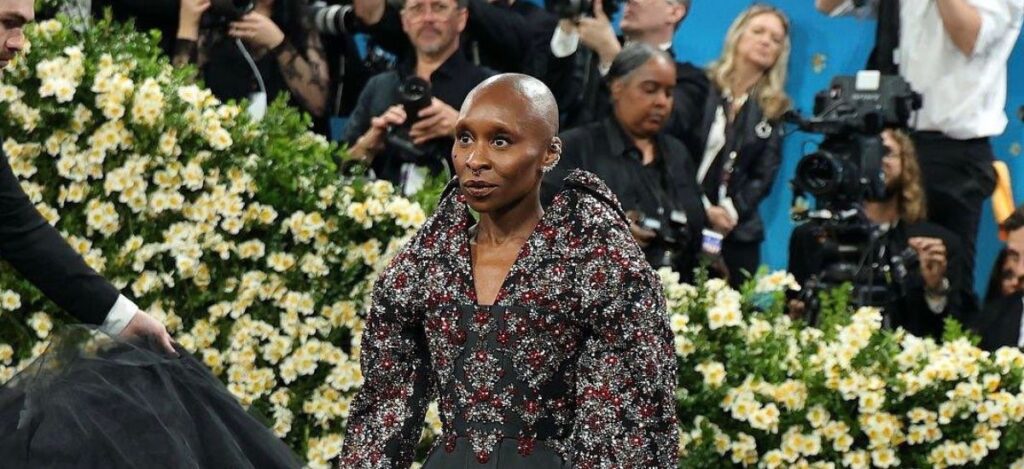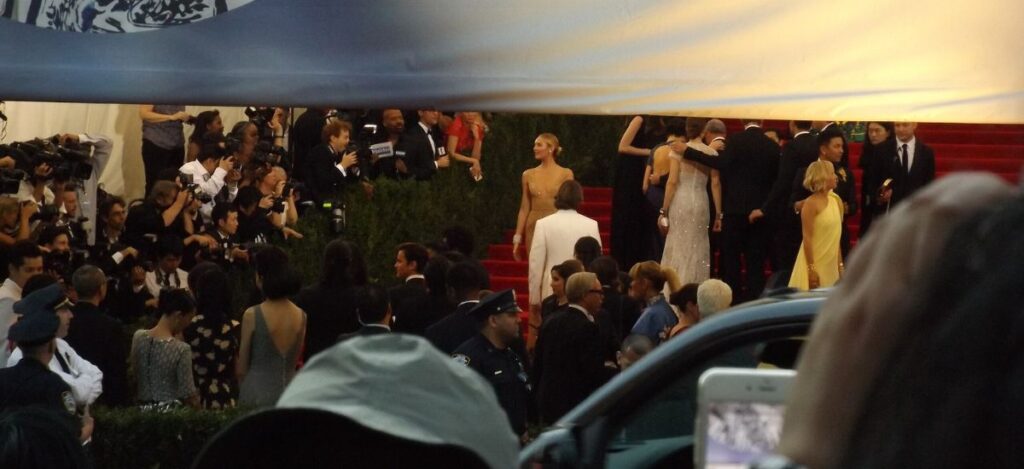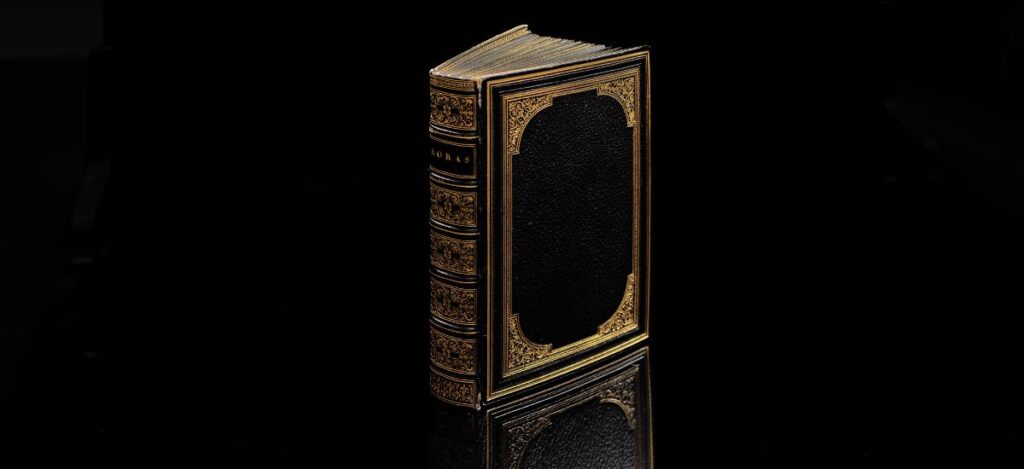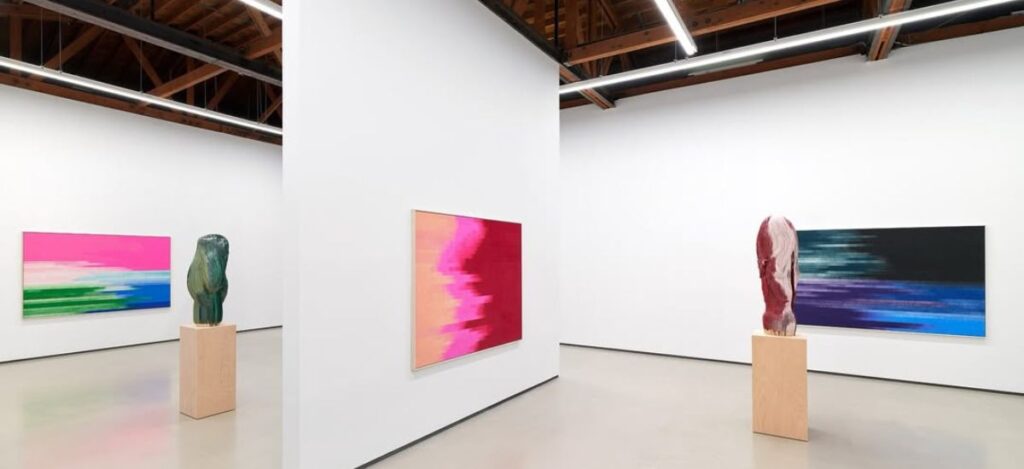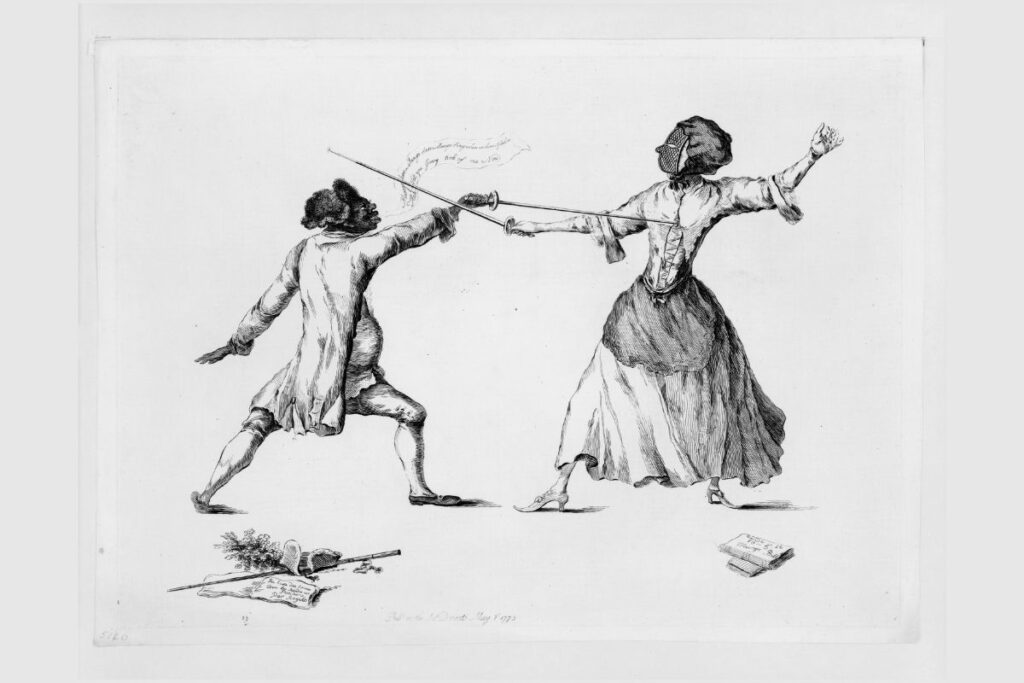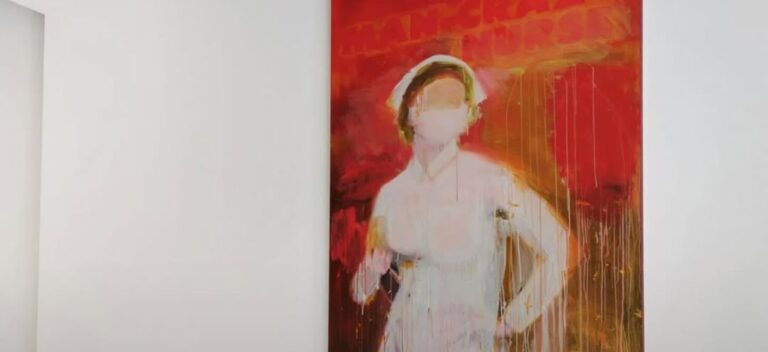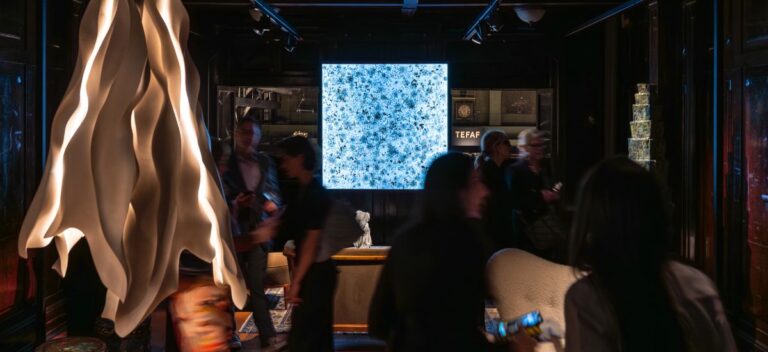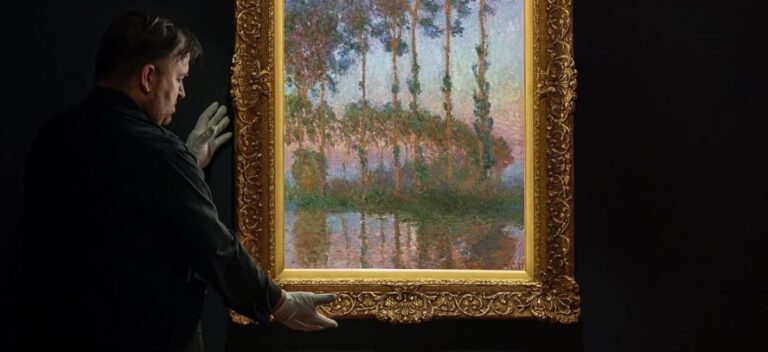A gilt collar, a red‑and‑white turban, a velvet coat—clothing that once advertised a white owner’s wealth now signals autonomous style.
Black dandyism spans more than 300 years, twisting from a colonial accessory into a language of agency. The Met’s 2025 Costume Institute show, “Superfine: Tailoring Black Style,” charts this arc; here’s the condensed saga.





